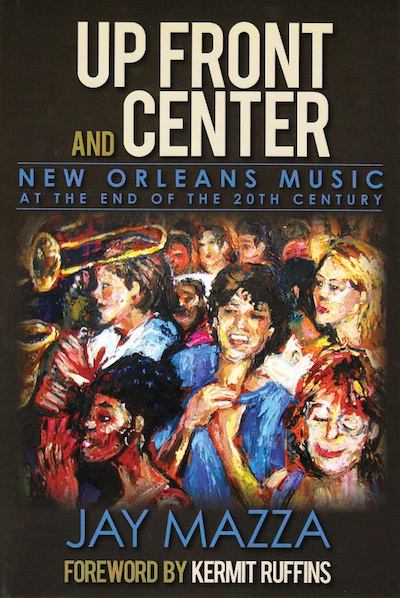Jay Mazza has been faithfully listening to and writing about the music scene in New Orleans since he moved here in 1979, and this book is his chronicle of what he has heard and seen. The book touches on almost every major music scene of the city, and gives a history of places and people that have lasted (Oak Street and the Radiators) and many that have not (Kemp’s, Benny’s, and Michael Ward’s Reward, for example).
It is a great history of what New Orleans felt like and sounded like before the year 2000. Mazza explains everything from the brass band resurgence, the metamorphosis of Jazz Fest, and the Frenchmen Street scene to Mardi Gras Indians and African music in New Orleans. Mazza’s strength in this book is his anecdotes and memories of his experiences. He portrays heroes such as Earl King and Kermit Ruffins with an insightful perspective. He also puts the reader into such musical scenes and establishments as Tipitina’s and the Glass House with such great descriptions that the reader can almost feel the unique atmospheres that such venues had. However, his writing style can be abrupt and disjointed. Sometimes he will switch gears in the middle of a chapter to explain how a certain obscure band peripherally relates to the discussion of the music at hand. Such digressions are distracting and take away from the power of his ideas.
Also, he devotes time to bands that had few gigs and little influence while leaving out the more mainstream rock bands who got some recognition and identification with New Orleans, such as Better Than Ezra and Cowboy Mouth. Aside from that, Mazza’s book is a great history of the clubs and musicians, both famous and obscure, who have continued the legendary and well- deserved reputation of New Orleans as the musical center of the universe.





